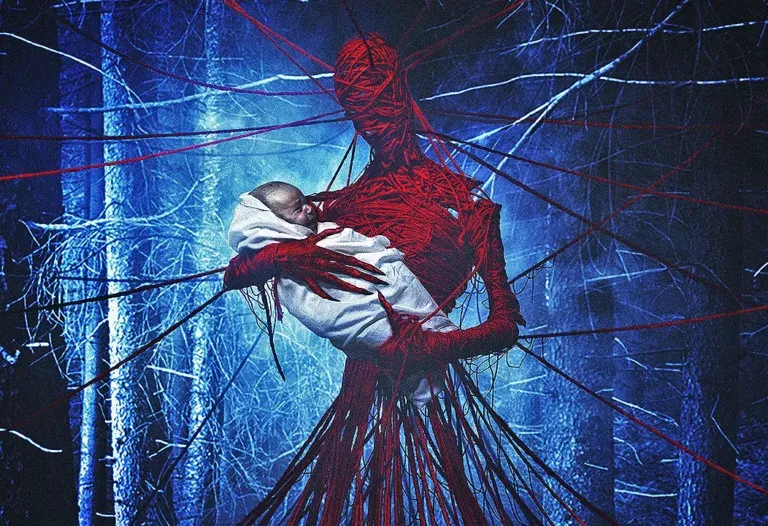In the Mouth of Madness
In the Mouth of Madness
by John Carpenter (1994)
John Trent, a private detective, goes on the trail of a famous horror novelist. He finds him in a town that doesn’t appear on any map.
Quote.
*”Sane and insane could switch places… if the insane were to become the majority, you would find yourself locked in a padded cell.”* — (Linda to John)
Don’t you read Sutter Cane?
This is the question the publisher of the famous writer asks John Trent. He seems incredulous that anyone could be unfamiliar with one of the world’s best-selling authors. However, the biggest concern is that Cane has suddenly disappeared just as his new, highly anticipated book was entering the promotional phase. The publisher was only waiting for the final chapters to print the work. The mystery of Cane’s disappearance intrigues and disturbs his numerous fans, while jeopardizing a significant business venture. Trent is a skeptical, world-weary man, unimpressed by Cane’s fame. But as he takes on the case to find the writer, he begins reading Cane’s previous six novels, only to find himself quickly obsessed. The words in the books turn into nightmares so vivid that he begins to blur the line between reality and fiction. There’s also that town, Hobb’s End, which isn’t on any map, but seems to draw Trent like a magnet. Could it be where the famous writer is hiding?
Considerations.
John Carpenter directs this film as a clear homage to the works of H.P. Lovecraft. *In the Mouth of Madness* is a descent into a universe where Cane’s terrifying literary creations take shape and life, blurring the boundary between reality and fantasy. Carpenter suggests that this occurs due to the evocative power of certain narratives—the ones that reach the masses so extensively that the writer becomes “more famous than Stephen King and more widely read than the Bible.” The masses, needing stories to escape the monotony of daily life, become the perfect audience. Yet, in Cane’s case, that escape represents entry into a world dominated by monstrous images and creatures that overwhelm reality, leading to a dark, apocalyptic scenario steeped in madness. A world of which Sutter Cane is the supreme creator. *In the Mouth of Madness* is thus a deeply pessimistic film, reflecting on the broader condition of a world that can no longer distinguish or accept what is real, preferring to follow a path of self-destruction.
Formally, the film is intriguing for beginning with the end, gradually reconstructing the story. It’s also notable that in the second half, the main narrative dissolves into a continuous interplay of reality and illusion.
Sam Neill delivers a perfect performance, convincingly portraying both Trent’s initial skepticism and his eventual acceptance of the new world of Hobb’s End.
The soundtrack, composed by Carpenter himself, greatly enhances the atmosphere with its dark, obsessive tones, amplifying the sense of impending terror.
In the Mouth of Madness is the third film in Carpenter’s Apocalypse Trilogy and was a box office failure upon release, likely due to its complex nature and limited gore. Carpenter chose to hint at horror rather than display it—very much in the Lovecraftian style.
Conclusions.
In the Mouth of Madness is a unique horror film that challenges perceptions of reality and sanity, blending cosmic and psychological horror with rare mastery. It leaves a lasting impression, especially for fans of intellectual, Lovecraftian horror.







